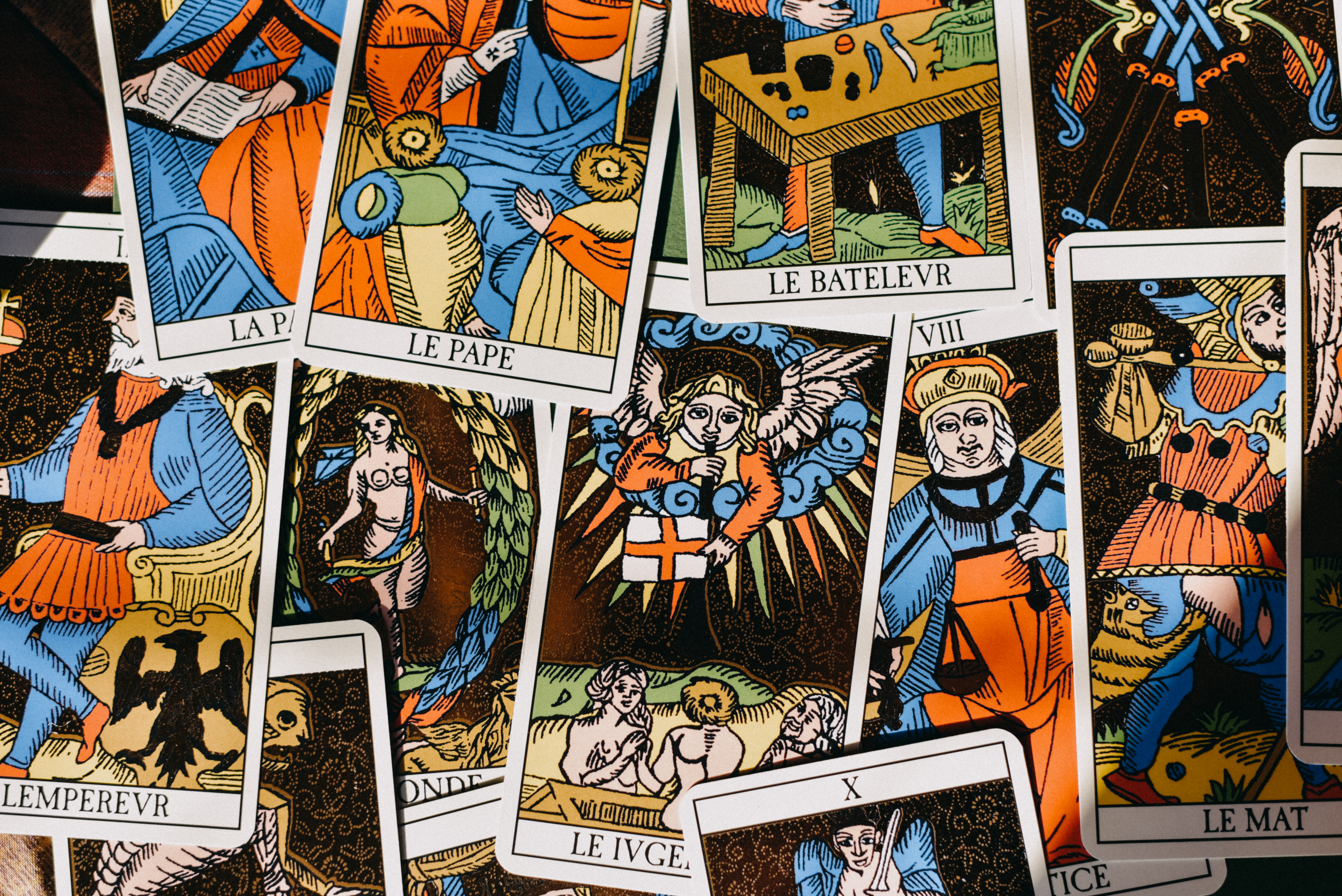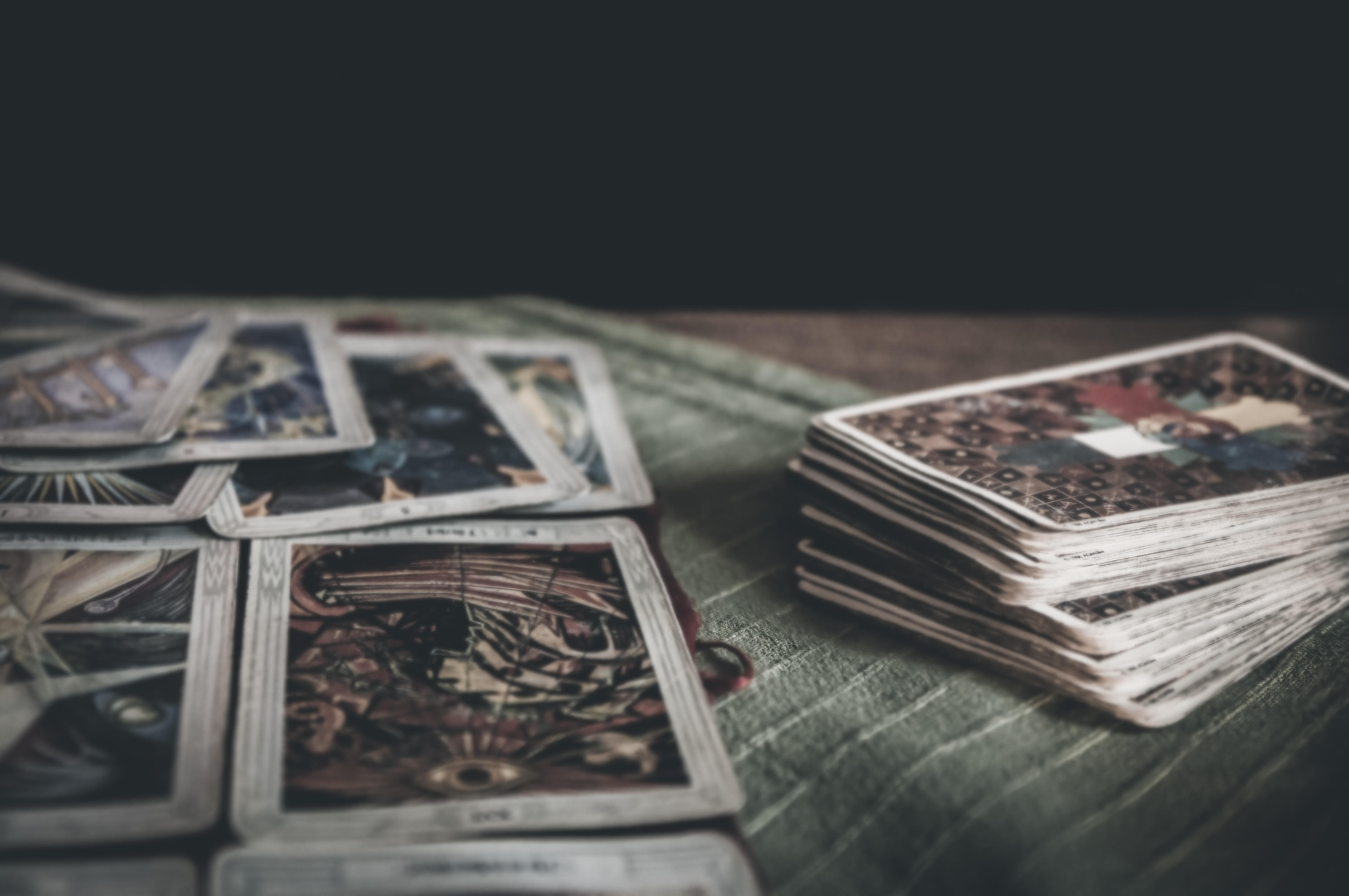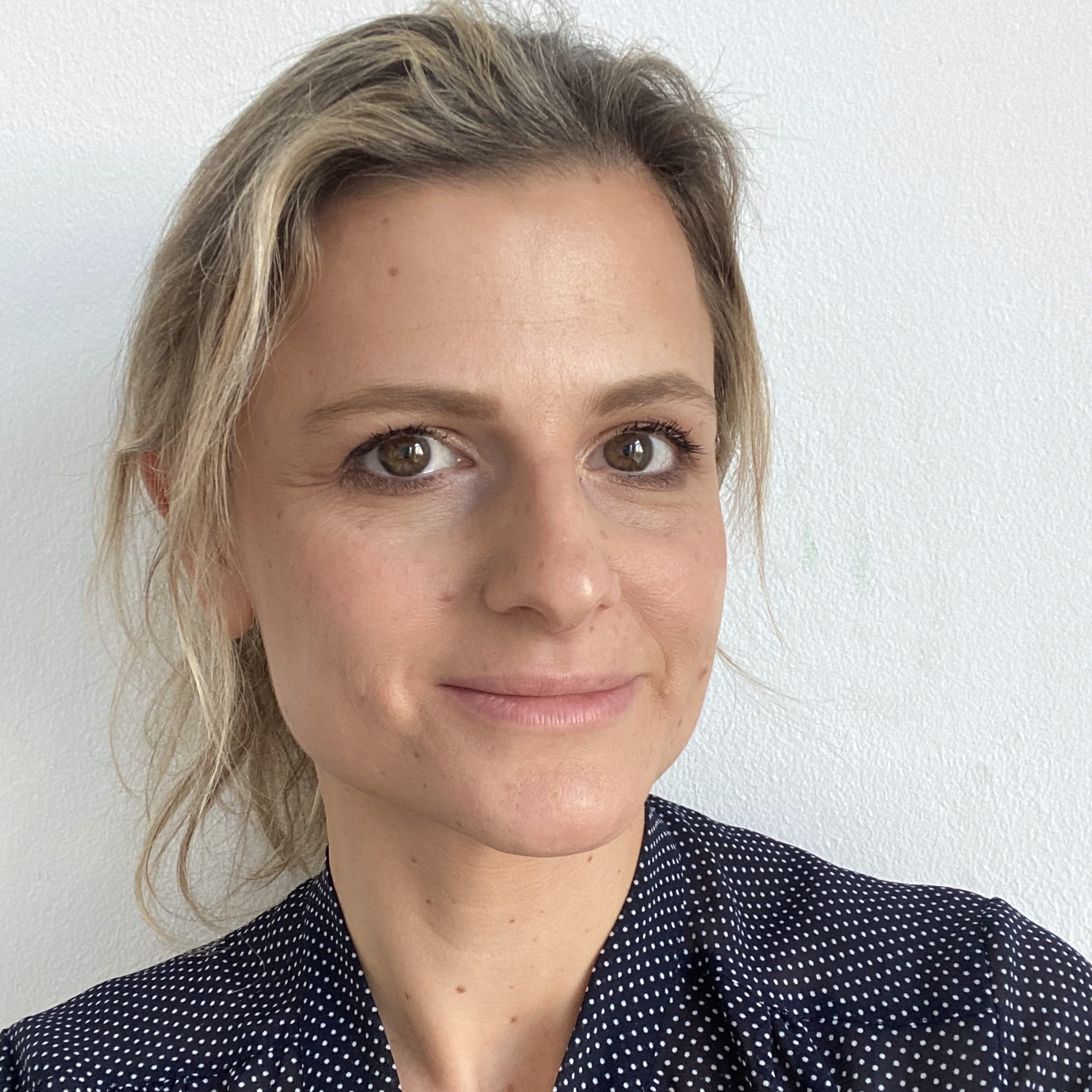Playing the fool: The rich history of tarot and how it satisfies our desire for transcendence
Once an elaborate art form that entertained 15th-century Italian nobility, tarot cards have evolved into a tool of divination. A new exhibition shines a light on their history.


In 1927, the German historian and cultural scientist Aby Warburg (1866–1929) began work on his legendary Bilderatlas Mnemosyne, a meticulous grouping of photographs pinned to 69 wooden panels that explored the recurrence of ancient symbols throughout history.
Few academics took an interest in the obscure and superstitious world of tarot cards, but Warburg devoted a whole panel to it. Rescued from Nazi Germany in 1933, his library and photographic collection now reside at the University of London’s Warburg Institute, a leading repository of tarot history, preserving the story of a much-misunderstood game that is as edifying as it is mysterious.
Highlights of the collection, together with international loans, feature in ‘Tarot—Origins & Afterlives’, the latest exhibition at the refurbished Warburg Institute in Bloomsbury, WC1, which reopened its neo-Georgian building in October following a £14.5 million renovation. ‘Warburg was one of the first modern scholars to take a serious look at tarot’s evolution, helping us to see how a form devoted to opening up the future takes us time and again back into the past,’ notes co-curator and associate fellow Martina Mazzotta. Tarot, she acknowledges, is commonly thought ‘not serious enough to deserve enquiry’ and associated with ‘low popular culture with no tradition whatsoever’. The exhibition hopes to rectify that, sharing critical moments in the game’s fascinating history and examples of intricate iconography spanning six centuries.
Tarot, suggests Paul Foster Case in his seminal text The Tarot: A Key to the Wisdom of the Ages (1947), may date back to the dusty streets of 12th-century Fez, Morocco, a hub of philosophical debate and scientific endeavour that attracted ‘wise men of all nations, speaking all tongues’. The men ‘hit upon the device of embodying the most important of their doctrines in a book of pictures,’ he writes, and drew on Jewish mysticism, using the ‘relatively simple system of numbers and letters afforded by the Qabalah’ as ‘a skeleton for their invention’.
As an art form, tarot cards first appeared in the courts of 15th-century Italy, where accomplished artists, such as Bonifacio Bembo and Michelino da Besozzo, were commissioned to paint elaborate decks for nobles who played them as a trick-taking card game. According to Helen Farley in A Cultural History of Tarot (2019), ‘the reclusive Duke Filippo Maria Visconti of Milan is the most likely candidate for inventor of that first deck’ and played an ‘innocuous game of some skill and much chance’ with the luxury cards. These early decks, which portrayed the family and denoted qualities such as strength and temperance, may have been allegories for the Viscontis’s life as rulers. Etched in gold and silver, they were almost certainly status symbols to be paraded before guests.
Dr Mazzotta is telephoning from Italy, ‘a few metres,’ she reveals, ‘from the Sforza Castle in Milan, where the Visconti-Sforza decks were created, the oldest existing decks in the world’. The Sola Busca, the earliest surviving complete 78-card tarot deck, is only five minutes away at the Brera Art Gallery. ‘Each deck allows a full immersion in a specific cultural context,’ she explains, and provides ‘a unique example of how images can be used to communicate and transmit symbolic values or traditions.’ A deck produced for Bianca Maria Sforza, the Duchess of Milan, for example, connects its female characters to Greek deities, ‘reflecting the social status and the power of the dedicatee’.
‘It’s like a music score… until the moment that you play that music, it doesn’t fully exist’
Other decks, she says, such as the Tarocchino Bolognese that the eminent engraver Giuseppe Maria Mitelli (1634–1718) created for the powerful Bentivoglio family, convey ‘religious, political and social issues’ and feature witty caricatures or subtle criticism. Yet these magnificent artworks were meant to be played, opening up a further dimension. ‘When tarot is put into action, it requires a site-specific experience,’ says Dr Mazzotta. ‘It’s like a music score… until the moment that you play that music, it doesn’t fully exist.’
Exquisite houses, the beauty of Nature, and how to get the most from your life, straight to your inbox.
It was during the occult revival in post-Revolution France that tarot cards, popularised by the magician Éliphas Lévi, were first co-opted as tools of divination. Cartomancy societies cropped up, sharing secret wisdom that drew on mysticism, astrology and alchemy. Tarot, writes Ms Farley, ‘was reinterpreted according to a new set of intellectual currents which included an infatuation with exotic cultures, esoteric doctrines and an ardent yearning for a lost Golden Age’. Egyptomania gripped Europe and the theory expounded by the scholar Antoine Court de Gébelin that tarot, with its unusual symbols, may have originated in Egypt fed the national imagination.
Across the Channel, England followed suit when a small, but influential secret society of magicians, the Hermetic Order of the Golden Dawn, founded by Freemasons in 1888, saw the potential of the cards’ abundant iconography as intriguing shapers of fortune. It was the redesigning of the pack by member Arthur Edward Waite that heralded the Rider-Waite-Smith deck widely used today.
Another of the Order’s colourful characters was Aleister Crowley, a novelist, painter, magician and, reportedly, a spy for British Intelligence. His ideas for the Thoth Tarot, which the painter Lady Frieda Harris spent five years translating into works of art, helped create one of the world’s most popular decks. Nine of her paintings feature in the exhibition, their distinctive projective geometry, combining spirituality and science, drawing us into another realm.
Writers such as Order member W. B. Yeats also found tarot a rich source of creativity, his symbolist writing methods echoing the play of correspondences involved in interpreting the cards. A century later, the celebrated Italian writer Italo Calvino would describe it as a ‘combinatorial narrative machine’, taking inspiration from both the Visconti and Marseille decks to generate storylines for his 1973 novel The Castle of Crossed Destinies.

As Calvino was experimenting with literary forms, the New Age was spawning a counter-culture riveted by psychology and alternative spiritualities. Engagement with the cards evolved from fortune telling to introspection, as mining the possible meanings behind different combinations of cards facilitated contemplation, self-discovery and healing.
The current interest in mental wellbeing and desire for transcendence has seen tarot enjoy a renaissance, with live readings attracting new audiences on social media and major publishers selling themed cards ranging from a quirky pasta-themed pack, where the suits are ‘short’, ‘long’, ‘stuffed’ and ‘tiny’, to a deck inspired by Jane Austen, where Pride and Prejudice’s Mr Wickham is rather gratifyingly cast as the Devil. Tarot makes the perfect portfolio for artists. ‘It’s like the Boîte-en-Valise for Duchamp in the 1930s,’ says Dr Mazzotta. ‘All the important aspects related to your art can be summed up and miniaturised in one single deck.’
Artist Ugo Dossi works extensively with tarot, calling it his ‘pocket-sized museum’. ‘When I discovered tarot, I knew I had tapped into a fountain of inspiration,’ he recalls. Last year, after more than 60 years of research into tarot and semiotics, Mr Dossi created the Trinity Tarot deck, an oracle game that, he asserts, ‘helps us grasp things that cannot be captured’. The physical deck is displayed in the exhibition’s ‘Tarotkammer’ alongside examples by other contemporary artists.
Meanwhile, in the lecture hall, an immersive extended-reality version of it delivers a personal oracle. Outside, visitors can don a virtual-reality headset and stroll through Mr Dossi’s Trinity Tarot Garden, a translucent sculpture park of giant floating symbols that connects tarot’s ancient history with its future incarnations. ‘Trinity Tarot relates to issues that are fundamental and therefore timeless,’ states Mr Dossi. ‘It is about us, the human being in the cosmos and our drive to recognise and orient ourselves. This will always be relevant.’
‘Tarot: Origins & Afterlives’ is at the Warburg Institute, Woburn Square, London WC1, until April 30 (www.warburg.sas.ac.uk)
Deborah Nicholls-Lee is a freelance feature writer who swapped a career in secondary education for journalism during a 14-year stint in Amsterdam. There, she wrote travel stories for The Times, The Guardian and The Independent; created commercial copy; and produced features on culture and society for a national news site. Now back in the British countryside, she is a regular contributor for BBC Culture, Sussex Life Magazine, and, of course, Country Life, in whose pages she shares her enthusiasm for Nature, history and art.
